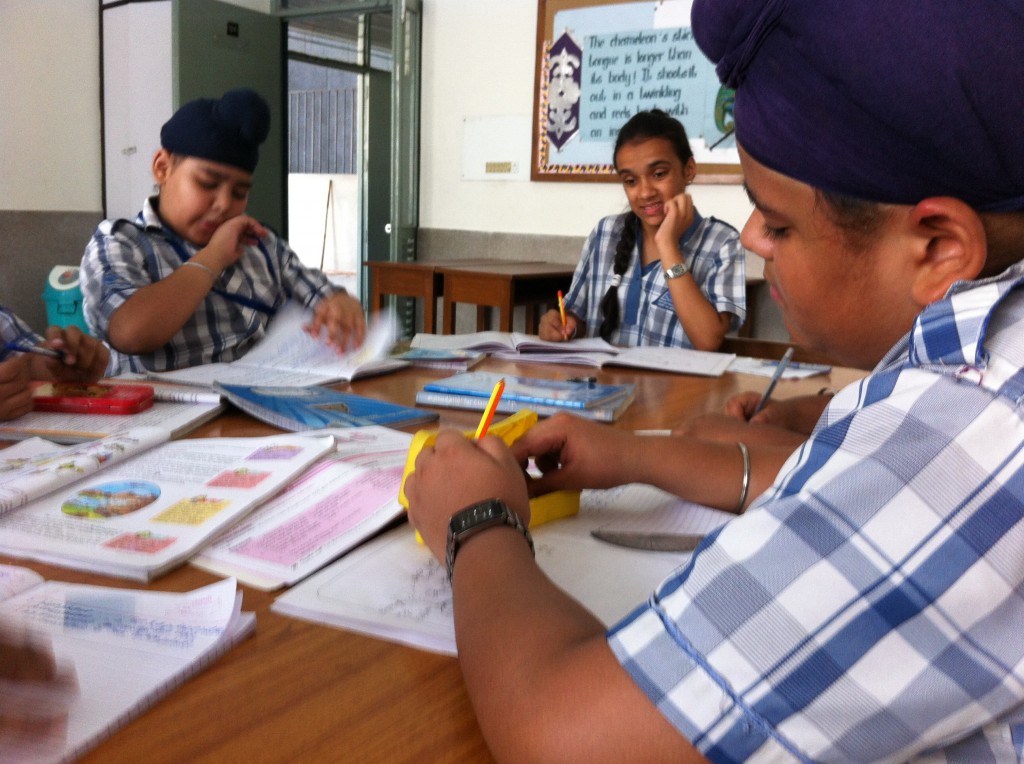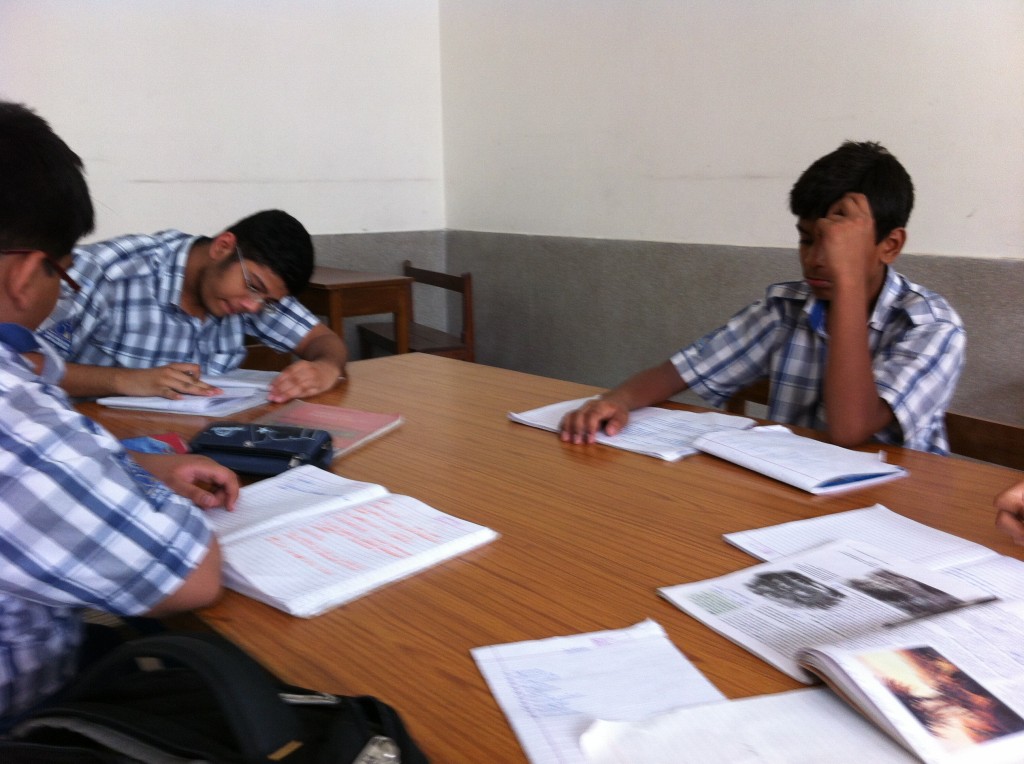Until I was asked to write a blog on famous muses, I really never gave the idea much thought. I’ve always used my surroundings or circumstances to rev up my creative juices. But it didn’t take me long to recall those who held my hand as I began my love affair with the written word, as well as the ones who paved the way for me on this journey of self-exploration. Or, my life as a writer.
Anne Lamott, in her book Bird by Bird, is the first author whose words challenged me to break free of the excuses and “take it bird by bird.” In her book, she speaks about her older brother who procrastinated on a book report about birds which was now due the following day. The task ahead of him appeared insurmountable when Lamott’s father “sat down beside him, put his arm around [her] brother’s shoulder, and said, ‘Bird by bird, buddy. Just take it bird by bird.’”
Currently, I’m in a season where my writing revolves around blogs and articles. I haven’t sat down and written my novel just yet. So for me, I’m taking it blog by blog. And I’m also avidly following guidance from another one of my muses: Stephen King. In his book On Writing, he reminds writers to read a lot and write a lot. I tend to go in spurts — right now I’ve been reading a lot. My muse was recently rediscovered in between the pages of Garth Stein’s The Art of Racing in the Rain and Blake Crouch’s Snowbound. Consequently, I’m feeling one step closer to sitting down and tackling the writing a lot part of King’s advice.
Another writer, Lee Gutkind, ASU professor and managing editor of Creative Nonfiction magazine, also incites me to explore life’s next adventure. In his essay, “The Five Rs of Creative Nonfiction,” he encourages writers to seize our sense of wonder by immersion, or the “real life” aspect of the writing experience. The four remaining Rs include reflection, research, read (this cannot be stressed enough!) and “writing.” Simple but sage counsel.
With his sardonic, humble wit, David Sedaris inspires me with his edgier pieces, touching on off-the-wall topics that both entertain and challenge. My daughter and I once waited six hours in line to meet the man in person and receive an autographed copy of his book Squirrel Meets Chipmunk: A Modest Bestiary. He did not disappoint; neither did the book.
But I’ve also discovered that even the underdogs may rise up among the famous. One such muse of mine is a close friend incarcerated for the next few years. He tutors other inmates in math, takes college courses while serving his sentence and studies the craft of memoir writing late into the evening hours. And then he pounds out his daily observations on a typewriter, the kind with ribbons, platen and correction tape. He motivates me as he devours book after book, doing what each of the successful writers who have gone before us have done and continue to do.
I read because I love it. I write because I cannot help it. So I grab onto the shirt tails of those who make it look easy and hope a little of their spunk (and a whole lot of talent) rubs off on me. They are the ones who have paved the way and carved a niche in the literary world. The guiding spirit(s) for my truth.
Do you have a famous — or not so famous — muse that inspires?

